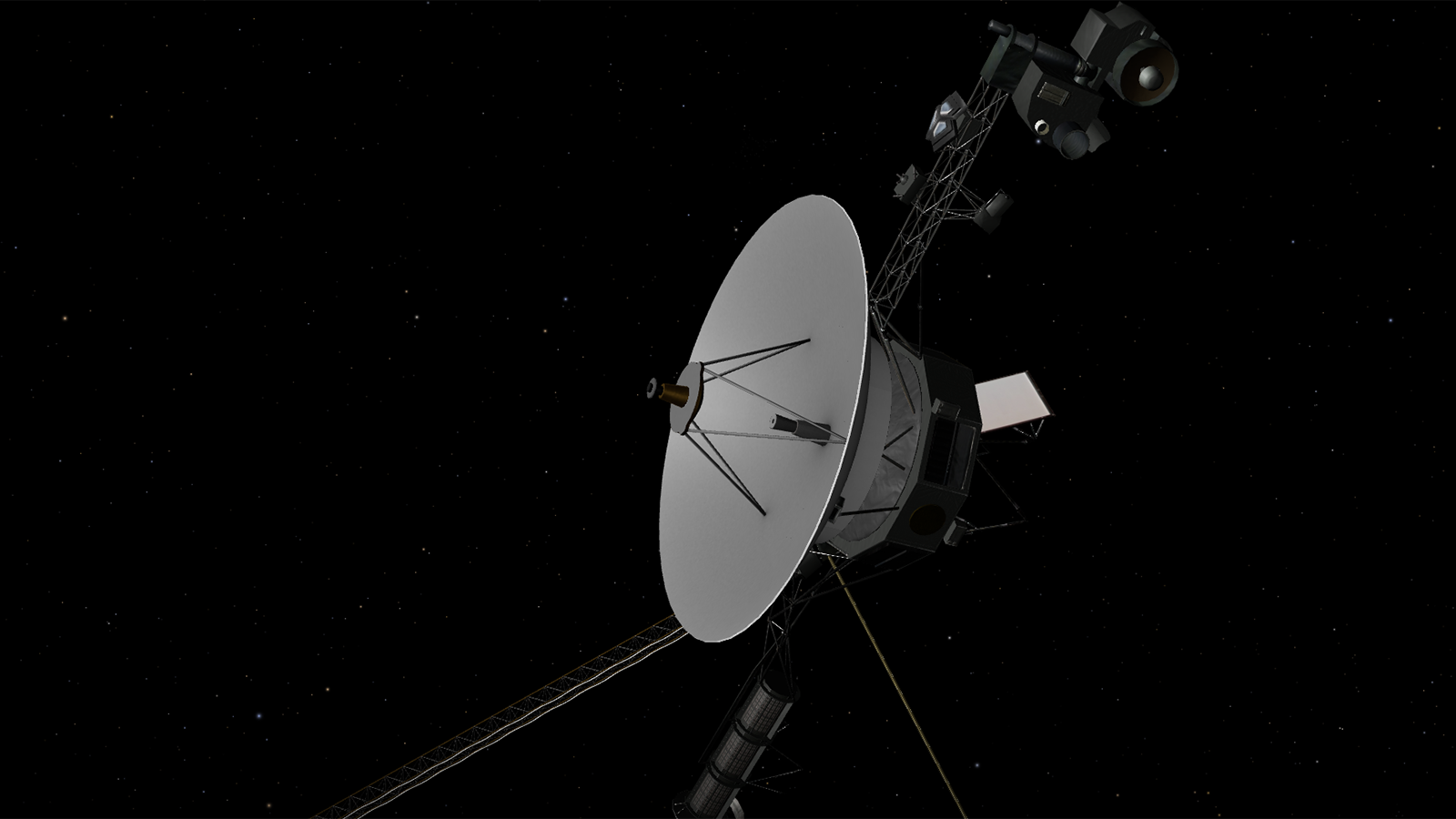Engineers at NASA’s Jet Propulsion Laboratory have restored the thrusters of the Voyager 1 probe, which have been inoperative since 2004. They will serve as backup engines, as the fuel lines in the currently used engines are clogging and may soon stop working.
Voyager 1, along with its twin, Voyager 2, was launched into space in 1977. Both spacecraft have three engines. Two sets are used to orient the spacecraft in space and one to correct its flight trajectory.
Voyager 1’s primary mission was to study the gas giants: Jupiter, Saturn, Uranus, and Neptune. Once these objectives were achieved, mission managers directed it to the heliopause—the boundary of the heliosphere—a protective “bubble” of particles and magnetic fields generated by our Sun. It is currently located almost 25 billion kilometers from Earth.
The repairs were made in March, but the public was informed about them only recently. NASA engineers had to finish their work on the thrusters before May 4, when the ground antenna sending commands to Voyager 1 and Voyager 2 was shut down for several months for upgrades.
Scientists re-examining the 2004 engine failure concluded that the problem was caused by an unexpected change or disruption in the circuits controlling the power supply to the heaters. Thus, it was necessary to first turn on the dormant engines and then try to repair and restart the heater. This was risky because if the operation took too long and the probe strayed too far from its intended flight path, the long-dormant engines would automatically start up, as they were programmed to do. If that happened and the heaters were still off, it could cause a small explosion.
On March 20, the probe executed the previously sent commands. Due to the distance of Voyager 1, the radio signal took more than 23 hours to reach Earth from the spacecraft. But the return signal from the probe showed a sharp increase in the temperature of the heaters, which meant success.
Source: dzienniknaukowy.pl, NASA








